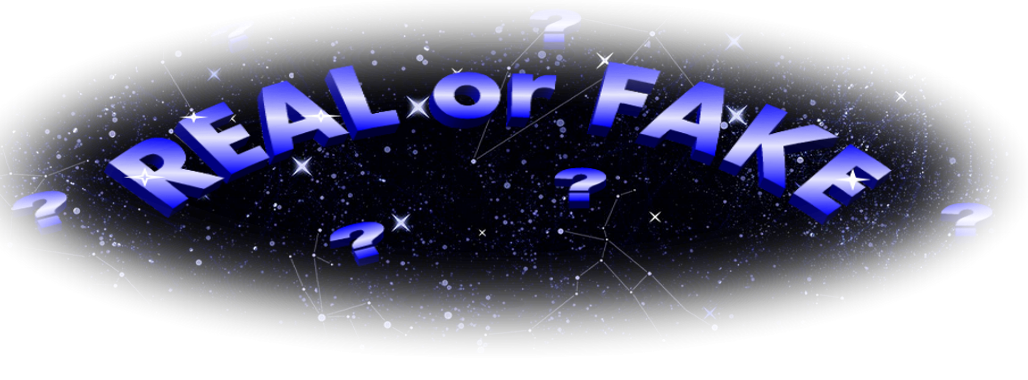Negative afterimages- Illusion?
By staring at the photo for so long in one place, the light
from your monitor temporarily makes an impression within your eye on the light receptors. When you look up and blink at the
wall or ceiling, the image becomes more clearly visible to you in a negative form.
Since it was a negative image to begin with, you have reversed the
image back into a positive. No Red dot is necessary, just focus on the center of the image.
Try it with your own photo! By opening your photo in almost any photo editing software (like Paint, for example) you can click the adjustment setting and select "invert Colors". and
Voila! you are now an optical illusion.
Here's a more formal and detailed explanation;
Negative afterimages are caused when the eye's photo-receptors, primarily those known as cone cells, adapt from the over-stimulation and lose sensitivity. Normally, the eye deals with this problem by rapidly moving small amounts (see: microsaccade), the motion later being "filtered out" so it is not noticeable. However if the color image is large enough that the small movements are not enough to change the color under one area of the retina, those cones will eventually tire or adapt and stop responding. The rod cells can also be affected by this.
When the eyes are then diverted to a blank space, the adapted photo-receptors send out a weak signal and those colors remain muted. However, the surrounding cones that were not being excited by that color are still "fresh", and send out a strong signal. The signal is exactly the same as if looking at the opposite color, which is how the brain interprets it.

"When all wavelengths stimulate the retinal region adapted to green light, the M and L cones contribute less to the resulting percept because their photopigments absorb less light than the S cones. Thus, trichromatic theory can not explain all afterimage phenomena, indicating the need for an opponent-process theory such as that articulated by Ewald Hering (1878) and further developed by Hurvich and Jameson (1957). Afterimages are the complementary hue of the adapting stimulus and trichromatic theory fails to account for this fact." (David T. Horner, Demonstrations of Color Perception and the Importance of Contours, Handbook for Teaching Introductory Psychology, Volume 2, page 217. Psychology Press, Texas, 2000)
Ewald Hering explained how the brain sees afterimages, in terms of three pairs of primary colors. This opponent process theory states that the human visual system interprets color information by processing signals from cones and rods in an antagonistic manner. The opponent color theory suggests that there are three opponent channels: red versus green, blue versus yellow, and black versus white. Responses to one color of an opponent channel are antagonistic to those to the other color. Therefore, a green image will produce a magenta afterimage. The green color tires out the green photoreceptors, so they produce a weaker signal. Anything resulting in less green, is interpreted as its paired primary color, which is magenta.
For more information go to
http://en.wikipedia.org/wiki/Afterimage
How does the Jesus optical illusion work?
Again, by staring at the illusion for so long in one place, the light
from your monitor temporarily makes an impression within your eye on the light receptors. When you look up and blink at the
wall or ceiling, the image becomes more clearly visible to you in a negative form.
Since it was a negative image to begin with, you have reversed the
image back into a positive.
To prove this theory, I opened the image in a photo editing program and selected "invert colors" from the drop down menu...
Before After



